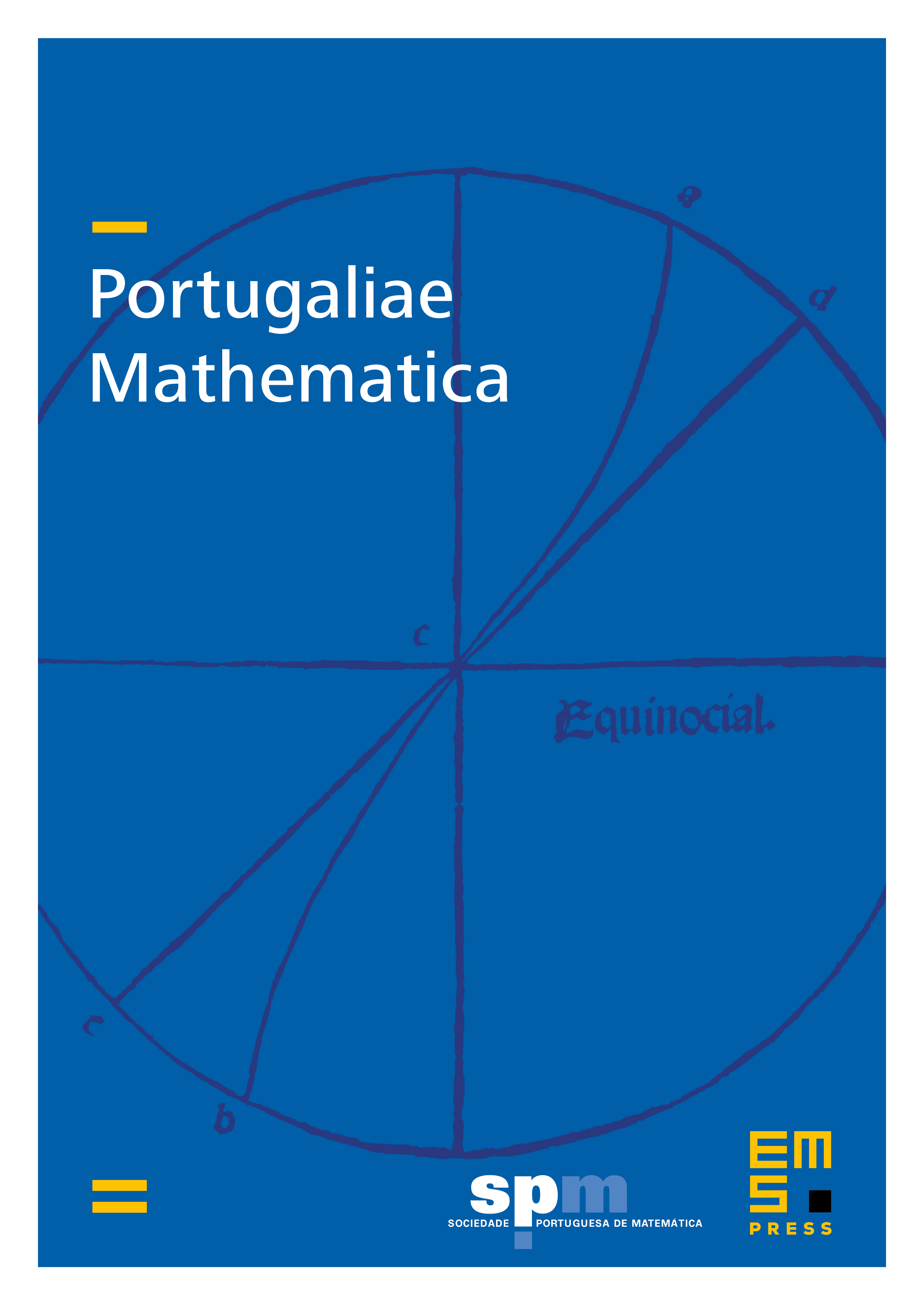On a class of nonlocal obstacle type problems related to the distributional Riesz fractional derivative
Catharine W.K. Lo
Universidade de Lisboa, Portugal; City University of Hong Kong, ChinaJosé Francisco Rodrigues
Universidade de Lisboa, Portugal

Abstract
In this work, we consider the nonlocal obstacle problem with a given obstacle in a bounded Lipschitz domain in , such that , given by
for in , the dual space of the fractional Sobolev space , . The nonlocal operator is defined with a measurable, bounded, strictly positive singular kernel , by the bilinear form
which is a (not necessarily symmetric) Dirichlet form, where are the zero extensions of and outside respectively. Furthermore, we show that the fractional operator defined with the distributional Riesz fractional and with a measurable, bounded matrix corresponds to a nonlocal integral operator with a well-defined integral singular kernel . The corresponding -fractional obstacle problem for is shown to converge as to the obstacle problem in with the operator given with the classical gradient .
We mainly consider obstacle type problems involving the bilinear form with one or two obstacles, as well as the -membranes problem, thereby deriving several results, such as the weak maximum principle, comparison properties, approximation by bounded penalization, and also the Lewy–Stampacchia inequalities. This provides regularity of the solutions, including a global estimate in , local Hölder regularity of the solutions when is symmetric, and local regularity in fractional Sobolev spaces and in when corresponds to fractional -Laplacian obstacle type problems
These novel results are complemented with the extension of the Lewy–Stampacchia inequalities to the order dual of and some remarks on the associated -capacity and the -nonlocal obstacle problem for a general .
Cite this article
Catharine W.K. Lo, José Francisco Rodrigues, On a class of nonlocal obstacle type problems related to the distributional Riesz fractional derivative. Port. Math. 80 (2023), no. 1/2, pp. 157–205
DOI 10.4171/PM/2100